 ☰
☰Welcome to the 73 Strings Developer Portal
Welcome to the 73 Strings Developer Portal! This platform is designed to help you seamlessly integrate and test APIs for our products, 73 Value and 73 Monitor. Whether you're a seasoned developer or just getting started, this guide will provide you with all the information you need to effectively use our APIs.
73 Monitor
73 Monitor focuses on monitoring and managing your assets. It provides APIs that enable real-time tracking and management of asset performance.
73 Value
73 Value is designed to provide comprehensive valuation solutions. It offers a range of APIs that help you automate and streamline the valuation process.
Getting Started
Log In: Access the developer portal and log in with your credentials.
Navigate to Product Page: Choose the product you want to work with (73 Value or 73 Monitor).
Subscribe and Generate Key: Subscribe to the product and generate your subscription key.
Test APIs: Use the "Try It" button to test the APIs and start integrating them into your applications.
We hope this guide helps you get started with the 73 Strings Developer Portal. If you have any questions or need further assistance, please don't hesitate to contact our support team.
Happy coding!


Authentication
Subscription Key-Based Authentication
To access our APIs, you need to use a subscription key. Follow these steps to get started:
Subscribe to a Product: Once logged into the portal, navigate to the product page and subscribe to either 73 Value, 73 Monitor, or both, depending on your needs.
Generate Subscription Key: After subscribing, you will receive a subscription key. This key is essential for authenticating your API requests.
Test APIs: Use the "Try It" button on the API details page to test the APIs directly from the portal.
Approval Process
After you subscribe to a product, 73 Strings will review and approve your subscription request. You will receive an email notification once your subscription is approved.
Error Codes
When using our APIs, you may encounter the following response codes:
These codes help you understand the status of your API requests and troubleshoot any issues.

Identifiers in 73 Strings Platform
In the 73 Strings platform, we use two types of identifiers: internal identifiers and external identifiers. Understanding the distinction between these is crucial for effective data management and integration.
Internal Identifiers
Internal identifiers are unique IDs generated within the 73 Strings platform. These identifiers are essential for managing and referencing various entities within our system. Examples of internal identifiers include:
Org ID: A unique identifier for each organization within the platform
Company ID: A unique identifier for each company
Fund ID: A unique identifier for each fund
Attribute ID: A unique identifier for each attribute
These internal identifiers are critical for adding, retrieving, and managing data through our APIs. They ensure that each entity is uniquely identifiable within the 73 Strings ecosystem. It is important to keep these IDs confidential to maintain data integrity and security.
External Identifiers
External identifiers are IDs that originate from external tools or software used by our clients. These identifiers are ingested into the 73 Strings platform to facilitate seamless integration and data consistency. Examples of external identifiers include:
IDs from client CRM systems
IDs from financial management tools
IDs from other third-party software
By linking external identifiers to our internal identifiers, we enable smooth data synchronization and interoperability between the 73 Strings platform and other systems used by our clients. This linkage helps in maintaining a unified view of data across different platforms.
Business Objects/ Data Transfer Objects (DTOs)
Each API request payload includes specific field restrictions and data types. These are clearly defined in the DTOs to ensure that your requests are correctly formatted and processed. Make sure to review the DTO documentation for each API to understand the required fields and data types.

The rate limit specifies the maximum number of API requests that can be made within a specific time frame. For our APIs, the rate limit is set to 50 requests per minute
This means that a user can make up to 50 API requests within any given minute. If this limit is exceeded, subsequent requests will be throttled until the rate limit window resets
The quota limit defines the total number of API requests that can be made within a longer time frame, typically a day.
For our APIs, the quota limit is set to:100,000 requests per day
This means that a user can make up to 100,000 API requests in a 24-hour period. Once this limit is reached, further requests will be denied until the quota resets at the start of the next day
API Rate Limit Configuration
To ensure fair usage and maintain optimal performance of our APIs, we implement rate limiting and quota limiting based on subscription keys. This helps prevent abuse and ensures that all users have a consistent experience.
